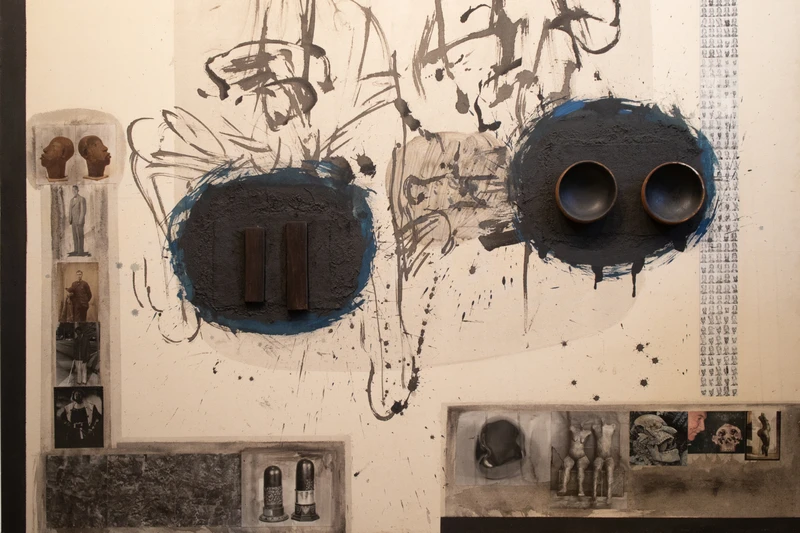Donald Locke: Resistant Forms
31 May-7 Sep 2025
PV 30 May 2025, 6-9pm


Free entry
DONALD LOCKE
RESISTANT FORMS
Spike Island presents the first major survey exhibition of Guyanese-British artist Donald Locke (1930–2010). Locke was born and raised in Guyana and first moved to the UK in the 1950s to study at Bath Academy of Art and Edinburgh School of Art. He then lived between London and Georgetown for the next twenty years, before settling in the United States in the late 1970s.
The exhibition at Spike Island explores the development of his work across Guyana, the UK and the United States over five decades, from the late 1960s to the early 2000s. It features over eighty works, from early ceramics that evoke human and natural forms to mixed-media sculptures and monochromatic black paintings from the 1970s. Also included are several large-scale paintings from the 1990s that incorporate found images along with ceramic, metal and wood elements. These materials reflect Locke’s evolving approach to the use of different media, his formal ingenuity and the growing influence of African American vernacular art and iconography, following his relocation to the United States.
Though Locke lived and worked in many places during his life, his exploration of issues of history, identity and subjugation was a constant. This is evident in his use of forms and symbols that echo the legacies of colonialism in his native Guyana and the racial politics of the American Civil War, from sculptures exploring plantation architecture to paintings that incorporate found photographs of Confederate and Union soldiers. Above all, however, Locke wanted to give form and visibility to the unique and hybrid contributions of Black culture to modernity, which is evident in the broad range of materials and stylistic approaches that he adopted throughout his career.
Find out more
Image: Donald Locke, 'Icons from the New World (A Conspiracy of Icons)' (1992–93). Image courtesy the Estate of Donald Locke and Alison Jacques